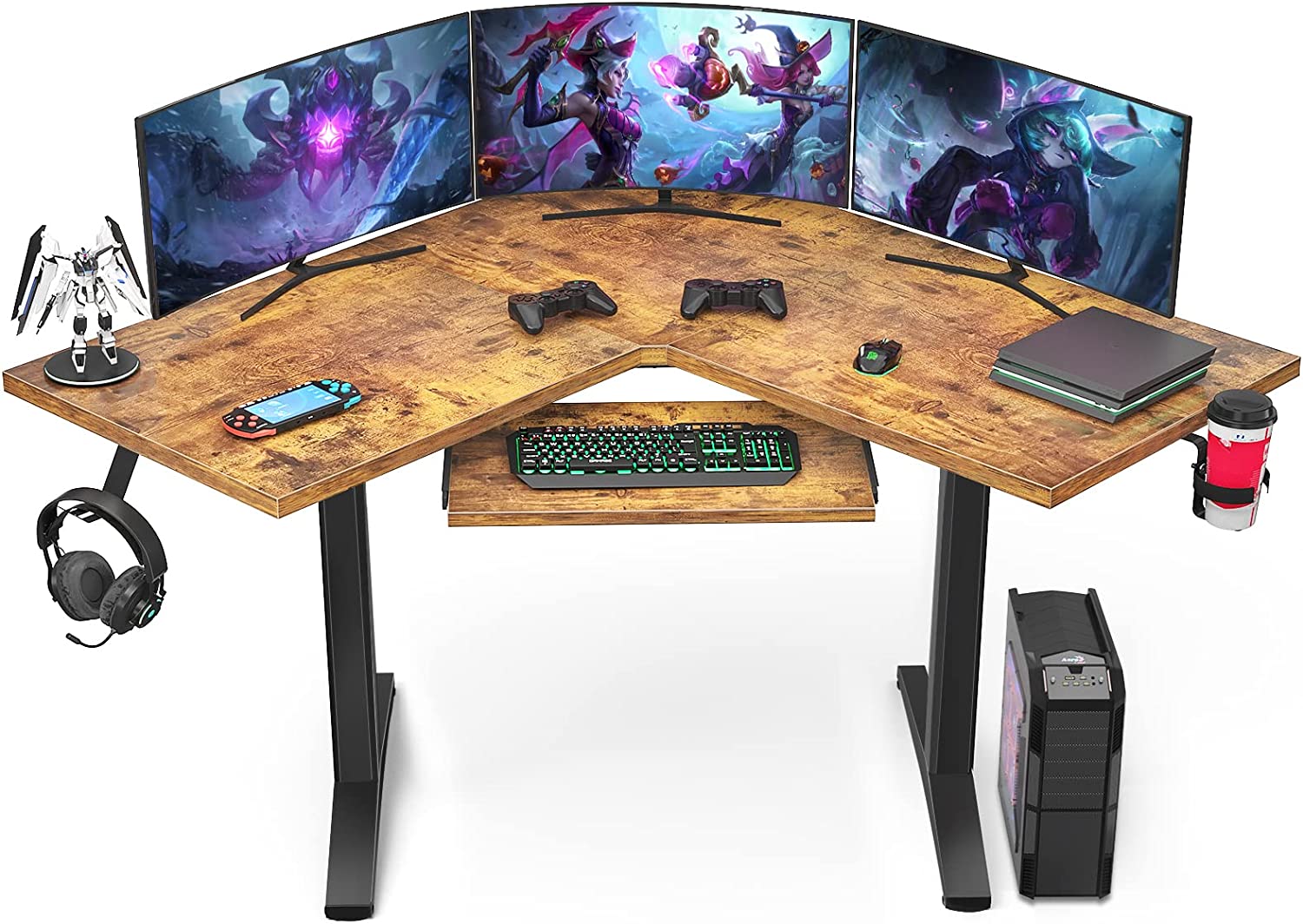Introduction:
In today’s rapidly evolving technological landscape, the demand for powerful computing solutions continues to rise. When it comes to tackling resource-intensive tasks and driving productivity in professional settings, workstation computer stands as the pinnacle of performance and efficiency. These specialized machines are meticulously crafted to handle complex computations, rendering intricate graphics, and run cutting-edge software. At the heart of every workstation lies a carefully selected ensemble of components that work in unison to deliver unparalleled processing power, memory capacity, and graphics capabilities.
What are the main components of a workstation computer?
A workstation computer is typically designed to handle demanding tasks and provide high-performance computing capabilities. While the exact components can vary depending on the specific requirements and intended use, the following are the main components typically found in a workstation computer:
Processor (CPU):
The CPU is often the most crucial component in a workstation. Workstations typically feature high-performance processors with multiple cores and threads to handle complex calculations and multitasking efficiently. CPUs like Intel Xeon or AMD Ryzen Threadripper are commonly used in workstations due to their robust performance and support for advanced features like hyper-threading and ECC (Error-Correcting Code) memory.
Memory (RAM):
Workstations require ample memory to handle large datasets and memory-intensive applications. The amount of RAM in a workstation can vary depending on the specific use case. Workstations often start with 16 GB of RAM, but configurations can go up to 128 GB or higher for demanding tasks such as video editing, 3D rendering, or scientific simulations. Higher RAM capacities allow for smoother multitasking and faster data processing.
Graphics Processing Unit (GPU):
GPUs play a vital role in workstations, especially for tasks like CAD, video editing, 3D modeling, and scientific simulations. Workstation-grade GPUs, such as NVIDIA Quadro or AMD Radeon Pro, are optimized for professional applications, offering enhanced performance, reliability, and specialized drivers. These GPUs provide features like extensive memory, hardware acceleration, and support for multiple displays, enabling smooth and efficient rendering of complex graphics.
Storage:
Workstations typically incorporate fast and reliable storage options. Solid-state drives (SSDs) are commonly used for the operating system, applications, and frequently accessed data due to their fast read/write speeds, which contribute to faster boot times and application loading. Workstations may also include large-capacity hard disk drives (HDDs) for mass data storage, archiving, and backup purposes.
Motherboard:
The motherboard is the central component that houses and connects all other components in a workstation. It determines the compatibility of the CPU, RAM, storage, and expansion cards. Workstation motherboards are designed with features like multiple PCIe slots for GPU expansion, high-speed RAM slots, multiple storage connectors, and robust power delivery systems to support the workstation’s demanding requirements.
Power Supply Unit (PSU):
Workstations require a reliable and robust power supply to handle the high power demands of their components. The PSU provides power to the CPU, GPU, storage drives, and other peripherals. Workstations often utilize high-wattage PSUs with sufficient power output and efficiency ratings to ensure stable and efficient operation.
Cooling System:
The high-performance components in workstations generate substantial heat, and effective cooling is essential to maintain optimal performance and prevent overheating. Workstations employ advanced cooling solutions such as large heatsinks, multiple fans, liquid cooling systems, or a combination of these techniques. These cooling systems help dissipate heat from the CPU, GPU, and other critical components, ensuring stable operation even during intensive workloads.
Connectivity:
Workstations typically offer a wide range of connectivity options. This includes USB ports (both USB-A and USB-C) for connecting peripherals, audio jacks for audio devices, Ethernet ports for networking, and sometimes additional ports like Thunderbolt or HDMI for connecting external displays or high-speed storage devices. Workstations may also include Wi-Fi and Bluetooth capabilities for wireless connectivity.
Operating System:
Workstations commonly run professional-grade operating systems such as Windows 10 Pro, macOS, or Linux distributions tailored for workstation use. These operating systems provide robust features, stability, and compatibility with a wide range of professional applications used in fields like engineering, design, animation, and scientific research. The choice of the operating system depends on user preference and software requirements.
Peripherals:
Workstations may require additional peripherals based on the specific use case. These can include high-resolution monitors with color accuracy for tasks like graphic design or video editing. Specialized input devices such as graphics tablets or professional-grade keyboards may be necessary for creative work. Other peripherals like external storage devices, backup solutions, or network equipment may also be incorporated based on the workstation’s requirements.
By carefully selecting and configuring these components, a workstation computer can deliver the performance and capabilities needed for specialized tasks, allowing professionals to work efficiently and effectively in their respective fields.
Conclusion:
In conclusion, the main components of a workstation computer form a harmonious assembly of cutting-edge technology. Enabling high-performance computing and addressing the demands of resource-intensive tasks. From the powerhouse CPU to the robust memory, graphics capabilities, storage solutions. Connectivity options, each component plays a vital role in shaping the capabilities of a workstation computer.
The CPU stands as the computational engine, offering multiple cores and threads to handle complex calculations efficiently. Ample memory capacity ensures smooth multitasking and seamless handling of large datasets. Workstation-grade GPUs provide exceptional graphics processing power, essential for tasks such as CAD, video editing, and 3D rendering.

